Bodybuilding, as a lifestyle choice, goes beyond mere aesthetics. It’s a commitment to personal health, strength, and self-improvement. Exercises like flyes are pivotal in lifestyle bodybuilding, mainly when focusing on chest definition. This article delves into the technique, benefits, and variations of flyes for lifestyle bodybuilders seeking to sculpt a more defined chest. In addition, this article provides a video on correctly performing flyes and incorporating them into your workout routine.
Understanding Flyes in Bodybuilding
Flyes are a type of strength training exercise primarily targeting the pectoral muscles. The movement involves a wide arc, mimicking the action of hugging a tree, distinct from the pressing motion of bench presses. This difference is crucial for lifestyle bodybuilders focusing on chest definition.
Why Focus on Chest Definition?
- Aesthetic Appeal: A well-defined chest is a hallmark of an aesthetically pleasing physique.
- Functional Strength: Strong pectoral muscles contribute to overall upper body strength, which is beneficial in daily activities.
- Balanced Physique: Proper chest development ensures a balanced, proportionate body, reducing the risk of injuries.
The Science Behind Flyes for Chest Development
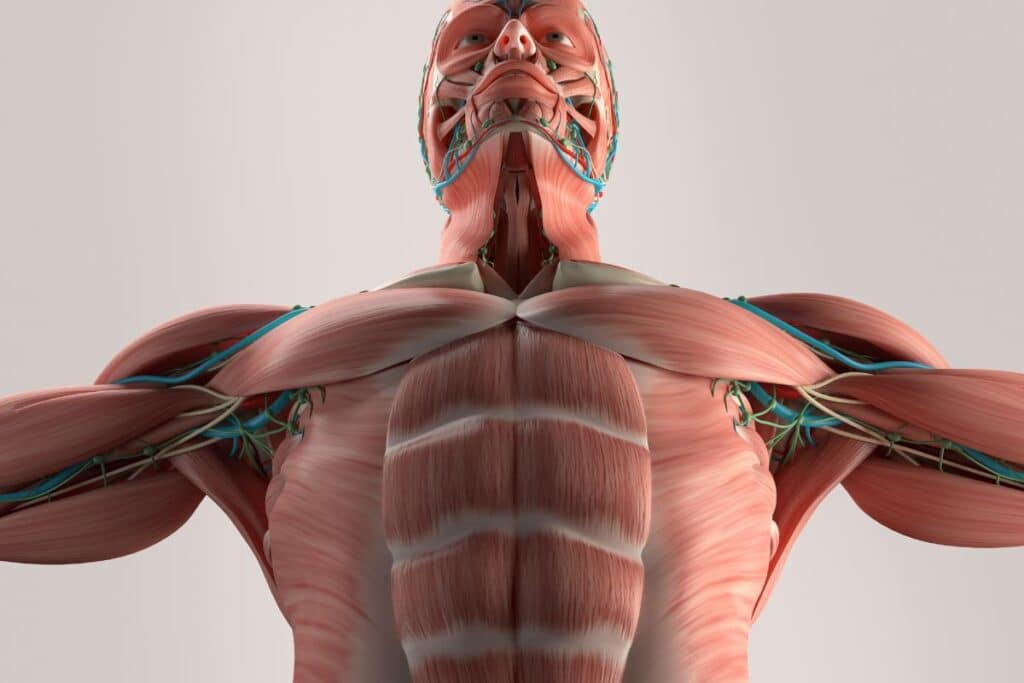
Muscle Activation-
When performing flyes, the primary muscles worked are the pectoralis major and minor. The exercise also engages stabilizing muscles like the deltoids and biceps.
Mechanism of Muscle Hypertrophy-
- Tension: Flyes create continuous tension in the chest muscles, which is essential for muscle growth.
- Muscle Damage: The stretching and contracting during flyes result in muscle fiber damage, which, when repaired, leads to muscle hypertrophy.
- Metabolic Stress: The exercise induces metabolic stress, causing muscle cells to grow.
Perfecting the Flyes Technique
To perform chest flyes correctly, begin by selecting an appropriate weight and lying on a flat bench, ensuring your feet are flat on the floor for stability. Hold a dumbbell in each hand, extend your arms above your chest, palms facing each other, and keep a slight bend in your elbows to avoid joint strain. Inhale as you slowly lower the weights in a wide arc until you feel a stretch in your chest; be mindful not to let your hands drop below shoulder level. Keep the movement controlled and focused, avoiding any jerking motions.
Exhale as you bring the dumbbells back up along the same path, engaging the chest muscles to draw the weights together in a smooth, fluid motion. Throughout the exercise, maintain a slight arch in your lower back, and keep your shoulder blades retracted to protect your shoulders and effectively target the chest muscles.
To maximize this exercise’s effectiveness and reduce the risk of injury, it’s essential to perform it with a controlled tempo and proper form. Chest flyes are excellent for isolating the pectoral muscles, enhancing chest strength and aesthetics.
Standard Dumbbell Flyes-
- Starting Position: Lie on a flat bench, feet firmly on the ground, with dumbbells in each hand extended above the chest.
- Execution: Lower the weights in a wide arc until a stretch is felt in the chest, then bring them back to the starting position.
Tips for Effective Execution-
- Controlled Movement: Ensure a slow, controlled motion to maximize muscle engagement.
- Avoid Locking Elbows: Slightly bend the elbows to reduce joint strain.
- Depth of Movement: Lower the weights until a comfortable stretch is felt in the chest.
Sets, Reps, Rest and Recovery Time-
Incorporating chest flyes into a workout is an excellent way to target the pectoral muscles for strength and definition. Consider performing 3-4 sets of 10-15 repetitions of chest flyes for an effective routine. This rep range is ideal for muscle endurance and toning. Selecting a weight that allows you to complete each set with proper form but is still challenging, especially toward the final repetitions, is essential. After each set, rest for about 60-90 seconds.
This rest period allows muscle recovery while maintaining an elevated heart rate, enhancing strength and cardiovascular benefits. Post-workout, allowing at least 48 hours of recovery for the chest muscles is advisable. This recovery time is crucial as it allows for muscle repair and growth, which is vital to achieving your fitness goals. During this period, focus on a balanced diet rich in protein and sufficient hydration, and consider engaging in light activities or exercises that target different muscle groups. Additionally, stretching and foam rolling can aid in reducing muscle soreness and improving flexibility, preparing your muscles for your next chest-focused workout.
Variations of Flyes for Enhanced Chest Development
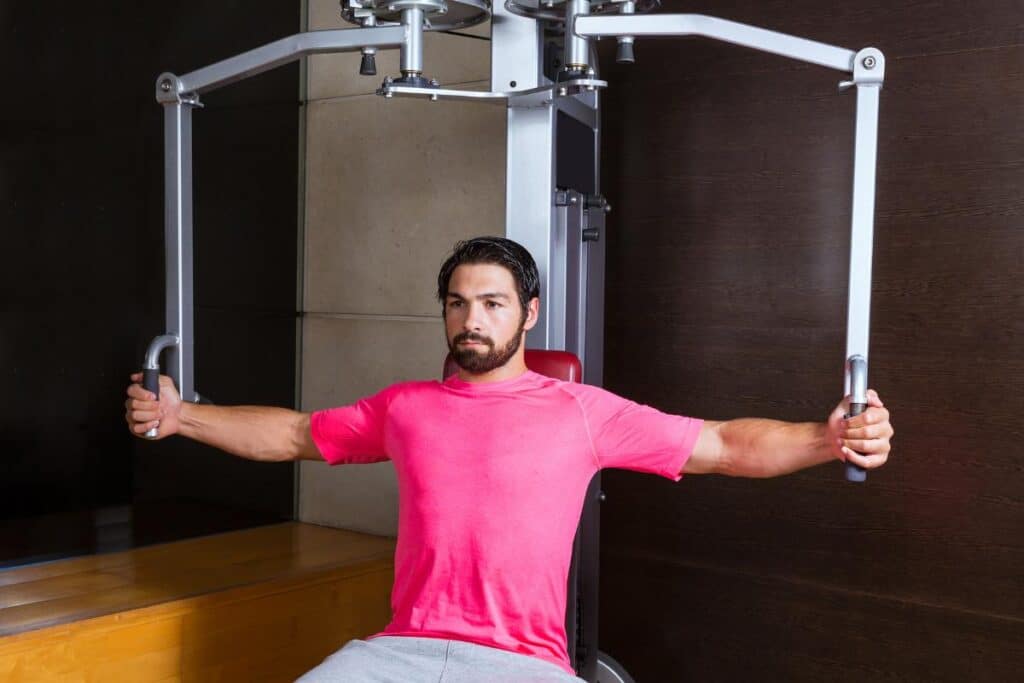
Incline and Decline Flyes-
- Incline Flyes: Target the upper chest, providing a fuller chest profile.
- Decline Flyes: Emphasize the lower chest muscles.
Cable and Machine Flyes-
- Cable Flyes: Offer constant tension throughout the movement.
- Machine Flyes: Allow for a more controlled movement, reducing the risk of injury.
Integrating Flyes into a Lifestyle Bodybuilding Routine
Workout Plan-
A balanced chest workout for lifestyle bodybuilders could include:
- Warm-Up: Light cardio and stretching.
- Bench Press: 3 sets of 8-12 reps.
- Dumbbell Flyes: 3 sets of 10-15 reps.
- Incline Dumbbell Press: 3 sets of 8-12 reps.
- Cable Flyes: 3 sets of 10-15 reps.
Frequency-
Incorporate chest workouts 1-2 times a week, allowing sufficient rest for muscle recovery.
Safety and Precautions
Avoiding Injury-
- Proper Form: Always maintain proper form to prevent injuries.
- Gradual Progression: Increase weight and intensity gradually.
- Listen to Your Body: Pay attention to any pain or discomfort.
Consultation with Professionals-
Before starting any new exercise regimen, consult with fitness professionals, especially if you have pre-existing health conditions.
Conclusion
Flyes are an essential exercise for lifestyle bodybuilders aiming to enhance chest definition. By understanding the techniques and variations and incorporating them effectively into a workout routine, practitioners can achieve a more defined and aesthetically pleasing chest. Remember, consistency, proper form, and a balanced approach are key to success in lifestyle bodybuilding.
Key Takeaways-
- Targeted Muscle Engagement: Flyes primarily work the pectoralis major and minor, which is crucial for achieving a defined chest in lifestyle bodybuilding.
- Unique Motion Benefits: The arc-like motion of flyes, unlike the pressing motion in bench presses, provides continuous tension and targeted stimulation to the chest muscles, fostering better definition and growth.
- Technique Matters: Proper execution of flyes, including controlled movements and avoiding elbow locking, is essential to maximize muscle engagement and prevent injuries.
- Variations for Comprehensive Development: Incorporating incline, decline, cable, and machine flyes can target different chest areas, leading to a more balanced and comprehensive chest development.
- Integration into Workout Routines: Flyes should be part of a well-rounded chest workout, complemented by other exercises like bench presses and incline dumbbell presses, and performed 1-2 times weekly for optimal results.
- Safety and Progression: Gradual progression in weight and intensity, focusing on proper form and listening to the body’s cues, is vital for safe and practical training.
- Holistic Approach: Achieving a defined chest through flyes requires a holistic approach that includes consistent training, proper nutrition, and adequate rest for muscle recovery and growth.
- Consultation with Professionals: To ensure safe and effective practice, it’s recommended that beginners or those with health concerns seek advice from fitness professionals.

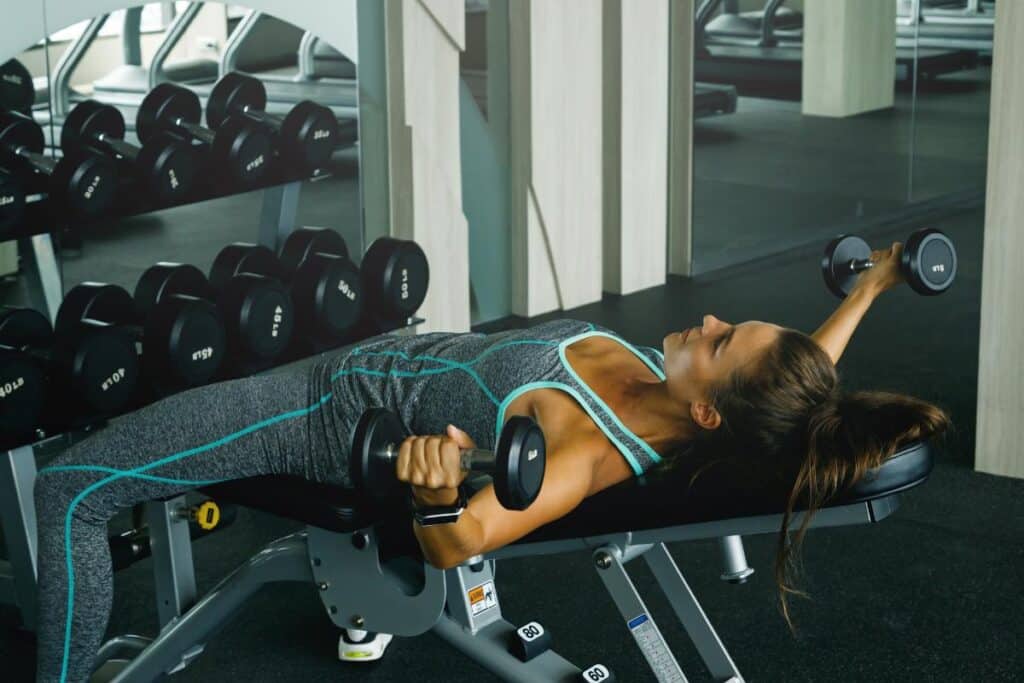
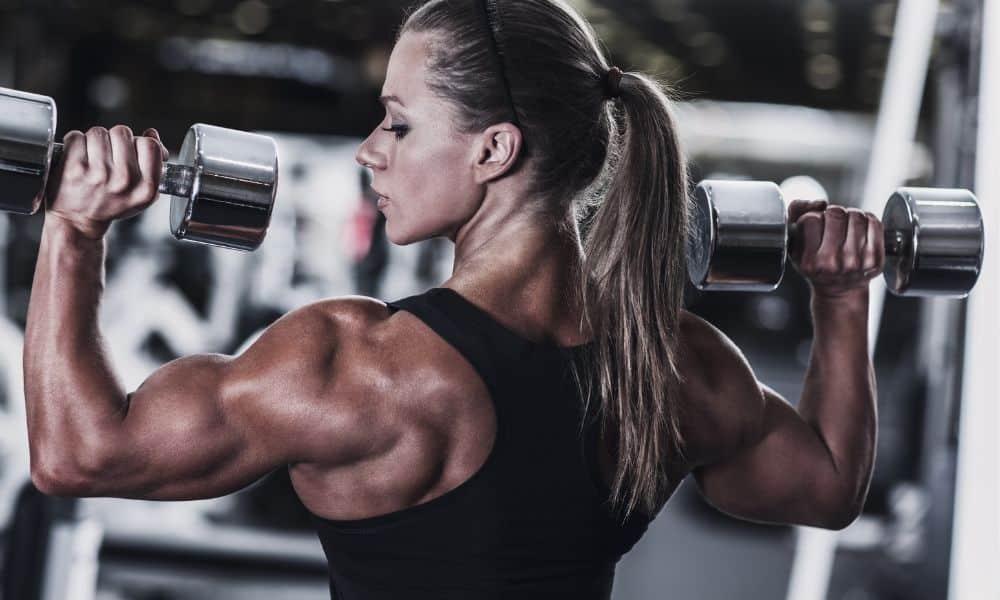
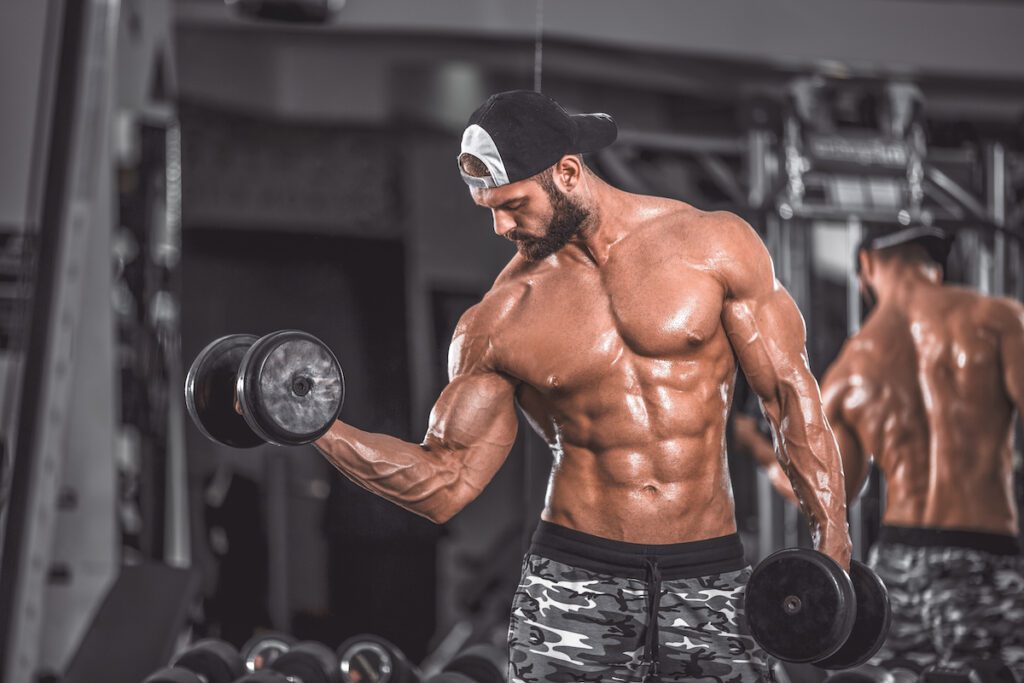

The way you write a blog is something that I really admire and respect. I have put it to my list of bookmarks, and I will be sure to check it out. At the moment, I am gaining knowledge that is both completely novel and difficult by reading articles or reviews on websites that are really educational.